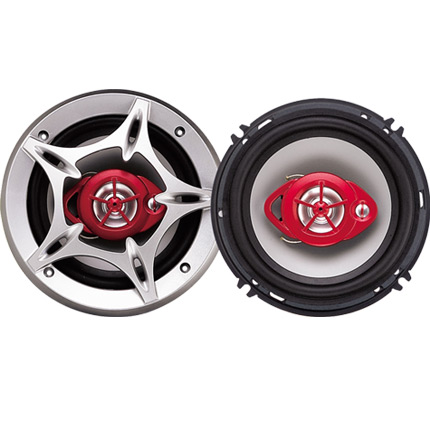Repairing a Damaged Gear Shift Linkage Cable for Smooth Vehicle Operation
Understanding Broken Gear Shift Linkage Cable Causes, Symptoms, and Solutions
The gear shift linkage cable is an essential component in a vehicle’s transmission system, ensuring smooth and accurate gear transitions. When this cable becomes damaged or broken, it can severely affect your driving experience, leading to various mechanical problems and potentially even dangerous situations on the road. This article delves into the common causes of a broken gear shift linkage cable, the symptoms that alert you to this issue, and effective solutions to address it.
What is Gear Shift Linkage Cable?
The gear shift linkage cable connects the gear shift lever in the vehicle's cabin to the transmission. When you move the shifter, the cable transmits this motion to the transmission, enabling the vehicle to change gears. The cable is designed to withstand the rigors of everyday use, but like any mechanical component, it can wear out or become damaged over time.
Causes of a Broken Gear Shift Linkage Cable
Several factors can contribute to the wear and tear of the gear shift linkage cable
1. Mileage and Age Over time, the cable can fray and weaken due to normal wear and tear. High mileage vehicles or those that have been on the road for several years are more susceptible to cable breakage.
2. Poor Quality Materials Some vehicles may use low-quality cables that are more prone to failure. If the material is not durable, it may not withstand extreme temperatures or environmental conditions.
3. Misalignment Issues If the transmission or shifter assembly is misaligned, it can put undue stress on the linkage cable, leading to premature failure.
4. Corrosion Exposure to moisture and road salt can cause corrosion of the cable, leading to a weakened structure over time.
5. Mechanical Damage Accidents or impact from road debris can damage the cable or its connectors, causing it to break.
Symptoms of a Broken Gear Shift Linkage Cable
broken gear shift linkage cable

Recognizing the symptoms of a broken gear shift linkage cable is crucial for timely intervention
. Common signs include1. Difficulty Changing Gears If you experience resistance or difficulty when attempting to shift gears, this may indicate a problem with the gear shift linkage.
2. Stuck in Gear A broken cable may cause the transmission to remain stuck in a particular gear, preventing you from shifting to drive or reverse.
3. Loose Gear Shifter If the shifter feels loose or disconnected, it may signify that the cable has broken or come loose from its attachment points.
4. Warning Lights Depending on your vehicle, you may receive warning lights on the dashboard indicating transmission issues, which may be linked to a linkage cable problem.
Solutions and Repairs
Addressing a broken gear shift linkage cable is vital for maintaining your vehicle's performance and safety. Here are steps to remedy the situation
1. Inspection and Diagnosis If you suspect a broken cable, the first step is to have a qualified mechanic inspect the vehicle. They will check for cable damage and identify any related transmission issues.
2. Replacement If the inspection confirms a broken cable, replacement is often necessary. A mechanic will replace the damaged cable with a new, high-quality part designed specifically for your vehicle’s make and model.
3. Regular Maintenance To prevent future issues, regular vehicle maintenance is essential. Keeping the transmission system in good condition can help prolong the life of the gear shift linkage cable.
4. Alignment Checks Have your vehicle's transmission and shifter assembly checked periodically for misalignment. Correcting alignment can prevent excess strain on the linkage cable.
In conclusion, the gear shift linkage cable plays a critical role in the functionality of your vehicle's transmission system. By understanding the causes, symptoms, and potential solutions for a broken linkage cable, you can better navigate vehicle maintenance and ensure a safer driving experience. Regular checks and timely repairs can save you from more severe issues down the road, guaranteeing the longevity of your vehicle’s performance.
-
Upgrade Your Vehicle with High-Quality Handbrake CablesNewsNov.01,2024
-
Optimize Your Bike's Performance with Quality CablesNewsNov.01,2024
-
Enhance Your Vehicle's Performance with Quality Clutch ComponentsNewsNov.01,2024
-
Elevate Your Vehicle's Performance with Quality Throttle CablesNewsNov.01,2024
-
Elevate Your Vehicle's Performance with Quality CablesNewsNov.01,2024
-
Affordable Solutions for Your Cable NeedsNewsNov.01,2024
